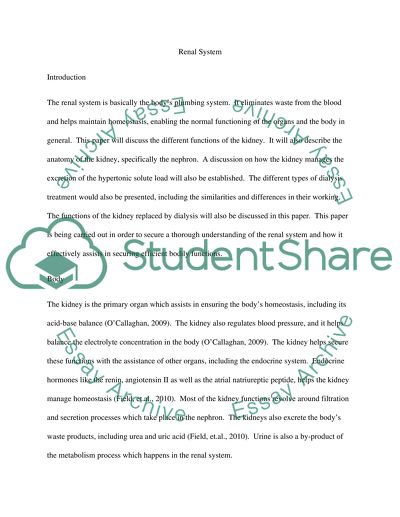Cite this document
(“RENAL Essay Example | Topics and Well Written Essays - 2250 words”, n.d.)
RENAL Essay Example | Topics and Well Written Essays - 2250 words. Retrieved from https://studentshare.org/health-sciences-medicine/1465571-renal
RENAL Essay Example | Topics and Well Written Essays - 2250 words. Retrieved from https://studentshare.org/health-sciences-medicine/1465571-renal
(RENAL Essay Example | Topics and Well Written Essays - 2250 Words)
RENAL Essay Example | Topics and Well Written Essays - 2250 Words. https://studentshare.org/health-sciences-medicine/1465571-renal.
RENAL Essay Example | Topics and Well Written Essays - 2250 Words. https://studentshare.org/health-sciences-medicine/1465571-renal.
“RENAL Essay Example | Topics and Well Written Essays - 2250 Words”, n.d. https://studentshare.org/health-sciences-medicine/1465571-renal.


